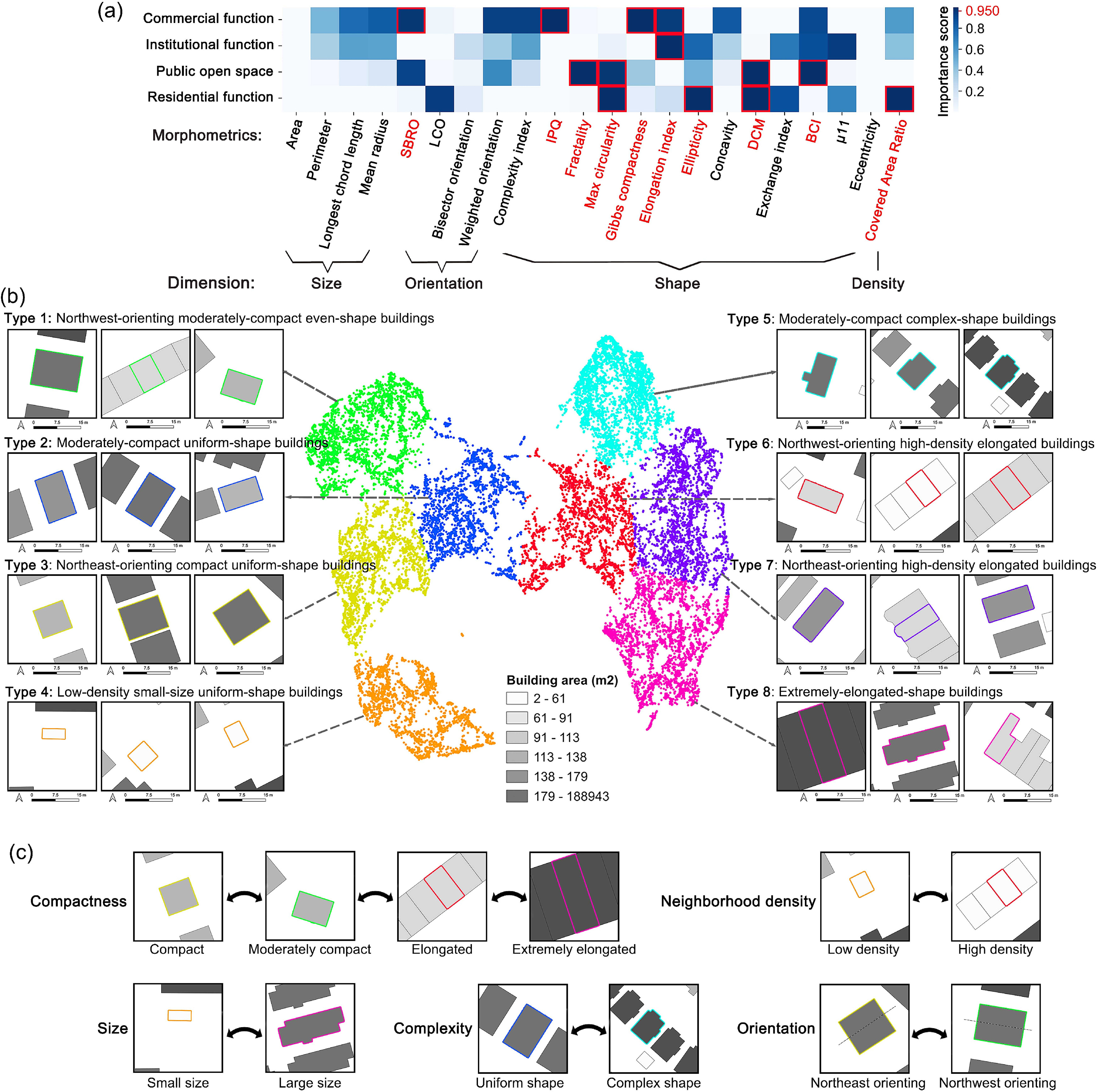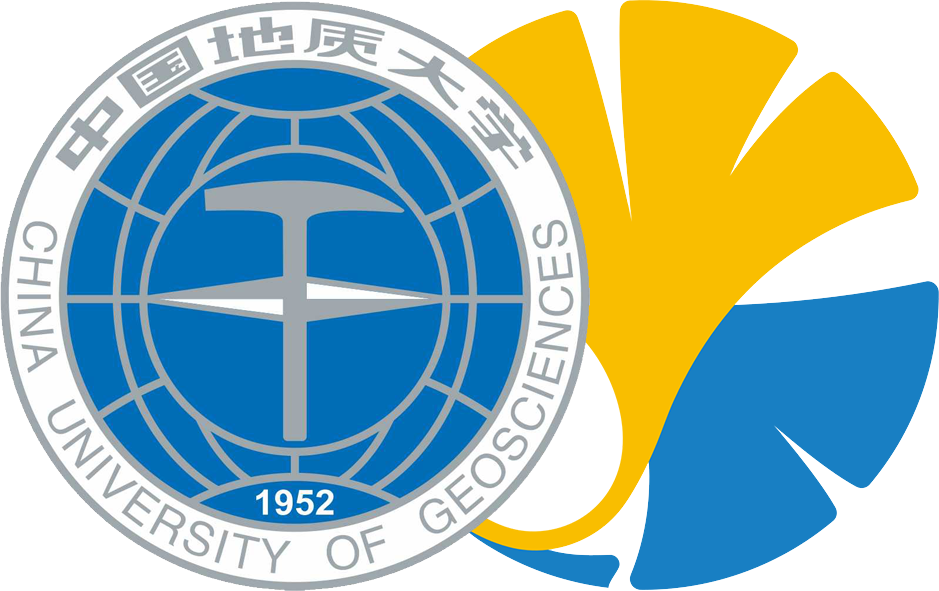Title: Interpreting core forms of urban morphology linked to urban functions with explainable graph neural network

Abstract
Understanding the high-order relationship between urban form and function is essential for modeling the underlying mechanisms of sustainable urban systems. Nevertheless, it is challenging to establish an accurate data representation for complex urban forms that are readily explicable in human terms. This study proposed the concept of core urban morphology representation and developed an explainable deep learning framework for explicably symbolizing complex urban forms into the novel representation, which we call CoMo. By interpretating the well-trained deep learning model with a stable weighted F1-score of 89.14 %, CoMo presents a promising approach for revealing links between urban function and urban form in terms of core urban morphology representation. Using Boston as a study area, we analyzed the core urban forms at the individual-building, block, and neighborhood level that are important to corresponding urban functions. The residential core forms follow a gradual morphological pattern along the urban spine, which is consistent with a center-urban-suburban transition. Furthermore, we prove that urban morphology directly affects land use efficiency, which has a significantly strong correlation with the location (R2 = 0.721, p < 0.001). Overall, CoMo can explicably symbolize urban forms, provide evidence for the classic urban location theory, and offer mechanistic insights for digital twins.
Keywords
Urban morphology;
Urban function;
Building configuration;
Graph neural network;
Explainable AI;
Highlights
- Complex urban forms are accurately symbolized with an explicable core morphology representation.
- High-order links between urban form and function are revealed by interpreting deep neural network.
- Morphological form is the key to utilizing urban functions as it affects land use efficiency.
- Residential core forms follow a center-urban-suburban transition, proving Alonso's theory.
Full Text Download
Computers, Environment and Urban Systems
Q.E.D.









